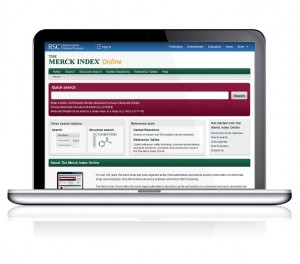As a new student, encountering the world of academic journals for the first time can be a little daunting. But help is at hand.
The Royal Society of Chemistry has introduced free annotated articles: a student-friendly way of reading our journals, designed to teach you how to understand, interpret and extract the most from an article.
Clearly defined, bite-sized chunks – rewritten by the authors – allow you to quickly grasp the key concepts of an article:
• Why is this study important?
• What is the objective?
• What was their overall plan?
• What was their procedure?
• What are the conclusions?
• What are the next steps?
With links to the associated Chemistry World article, ChemSpider entries, related journal articles, books and relevant Learn Chemistry resources, annotated articles are also a great practical tool for those teaching students how to read and understand journal articles.
Read the first two examples: Detecting iron the smart way, originally published in Journal of Materials Chemistry A, and Photocatalytic water oxidation at soft interfaces from Chemical Science.
Annotated articles are just one of the many free resources for students and educators on the Learn Chemistry Higher Education website. Check out further practical tools such as:
• case studies to help with independent study;
• problem-based laboratory projects which develop teamwork and investigation skills; and
• How to… guides explaining vital skills such as referencing and citation.
So, whether you are a student yourself, or someone teaching new students how to use resources independently, bookmark Learn Chemistry today.















